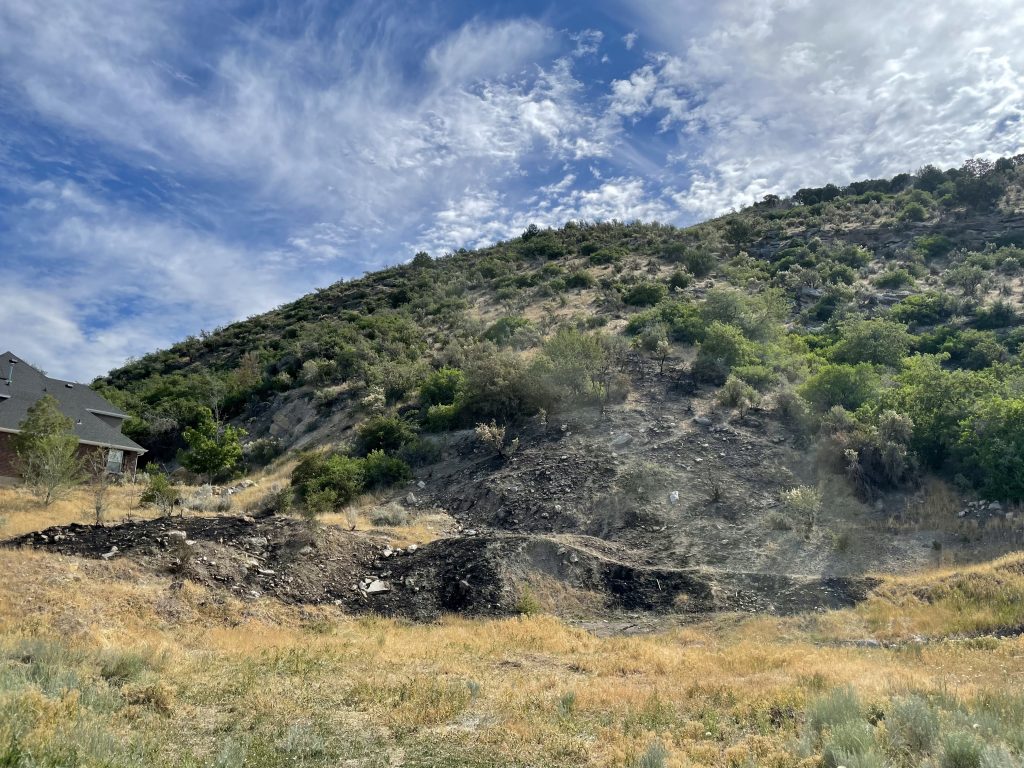
Second in a series on drought. Part one looks at how Utah’s drought impacts snowpack levels.
Both urban and wildland fires in Provo can be exacerbated by drought conditions, raising questions of whether something like Boulder’s recent fire could happen in Utah County.
In Boulder, the fires were driven by high winds and dry fuel conditions, BYU plant and wildlife science professor Sam St. Clair said. “It’s just not been very wet there. And then with those high winds, that just creates really favorable conditions for fire.”
These high winds whipped up intense grass and brush fires and blew them toward towns causing an “urban firestorm.” Embers helped spread the fire as they went from house to house, according to the NASA Earth Observatory.
As of Jan. 18, 31.8% of Utah is in extreme drought with 93.8% in severe drought, according to the Utah Drought Monitor. Last month on Dec. 21, 2021, conditions were worse with 79.1% of the state in extreme drought.
Above-average snowpack helped ease drought conditions, but Utah isn’t in the clear yet.
‘Urban forest’
According to St. Clair, with dry conditions and urban development, something similar to the ember-fueled Boulder fire could happen in Provo if it were dry for an extended period of time with strong winds.
The question arises of whether there is enough fuel and fuel continuity to carry fires within the area’s urban landscapes. “We live in an urban forest that’s pretty, pretty big,” St. Clair said. “There’s a lot of fuel in the valley.”
Provo Power’s Forestry Division manages the city’s urban forest, overseeing the more than 30,000 trees growing under electrical power lines and facilities according to the division’s website. These include the trees in parks and parkway strips, or sections of land between sidewalks and the curb.
The encompassing goal of the parkway strip is to have treelined streets, Provo City forester Chaz Addis said. These are seen in historic neighborhoods like Maeser, Joaquin and Timp.
Having urban forests, however, doesn’t mean Provo will necessarily have a big urban fire, Addis said.
“I think the asset of having urban forests largely outweighs the liability of having trees in the urban environment,” Addis said.
Ember transport
Fires in urban areas don’t just spread by going in between trees, but can also spread through ember transport, St. Clair said.
Embers, which are small burning pieces of wood and coal, are the leading cause of home ignitions during wildfires, said the Utah State University’s forestry extension.
Burning fuel can eject these embers, St. Clair said. If there’s heavy winds, they can be transported long distances and start fires when they land.
“A lot of times houses are burning down because embers are landing on the roofs and starting them that way,” he said. “So that’s a game changer.”
While St. Clair doesn’t think the whole valley would burn, he said there could be some significant fire in the urban area.
“The conditions are just right; it was really dry for an extended period of time and you had really strong winds,” St. Clair said.
Brush fires

“Fortunately, people are pretty cautious, so we don’t have a ton of fires in Provo,” said Lynn Schofield, fire marshal at Provo Fire & Rescue.
Brush fires, however, happen each summer here, Schofield said. These fires spark in fields and foothills, or smaller hills going up into the mountains. Common areas of these fires are along the east bench and include Y Mountain, Rock Canyon and Slate Canyon.
According to the National Integrated Drought Information System, drought can dry out fuels for wildfires, making these materials more flammable. Drought also increases the probability of ignition and how fast the fire spreads. Fuels include grasses, trees and anything burnable that can spread fire.
Schofield said Provo Fire & Rescue is focusing on fuel mitigation and fire safety in the city’s foothills, clearing out any underbrush that could catch fire and trying to reduce the risk.
“We’ve been very fortunate that we haven’t burned anything to the top of the mountain in a long time,” he said.
Drought and weather conditions play a big factor in wildland fires, Schofield said, adding that the state will need to hold its recent above average snowpack for the next five years.




